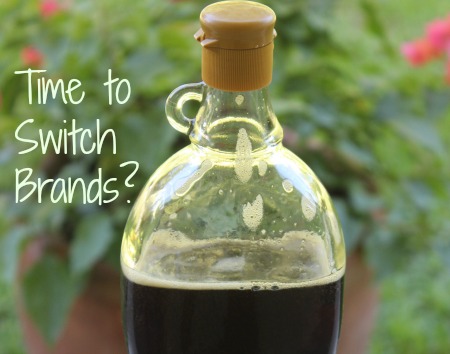 Maple syrup is a traditional and whole sweetener that has consistently played an integral part of the economies of North America ever since Native Americans first taught the early European settlers how to tap maple trees and boil down the sap to make this homely sweetener. Maple syrup derived early in the season at the time of the spring thaw runs sweet and clear. It is tapped from maple trees in a process similar to the making of birch water in Slavic countries.
Maple syrup is a traditional and whole sweetener that has consistently played an integral part of the economies of North America ever since Native Americans first taught the early European settlers how to tap maple trees and boil down the sap to make this homely sweetener. Maple syrup derived early in the season at the time of the spring thaw runs sweet and clear. It is tapped from maple trees in a process similar to the making of birch water in Slavic countries.
It takes about 20-30 gallons of boiled down maple tree water to make one gallon of light amber colored syrup, labeled as Grade A.
Late in the season, maple sap thins out even more. Much more than 20-30 gallons of sap must be boiled down to yield syrup of equal sweetness. Boiling down more sap to concentrate the sweetness also concentrates the flavor and nutrients.
This late season syrup is darker, more maple flavored, and higher in minerals than the Grade A syrup and is currently labeled as Grade B.
The blander, lighter syrup typically commands the highest price as consumers tend to prefer sweetness without too much flavor.
Consumers in the know, however, choose the Grade B syrup for the higher mineral and nutritional content. These savvy consumers have long enjoyed lower prices for the Grade B product, but this may be at an end.
New international standards for labeling maple syrup have come into effect such that Grade B is no longer used. The new system for categorizing maple syrup is designed with the express purpose of eliminating discrimination against the darker syrup.
As a result, all maple syrup is now Grade A with four identifying colors: Golden, Amber, Dark, and Very Dark.
With all syrups labeled the same, equality in pricing is the anticipated result.
So, stock up on cheaper, darker Grade B if you still can. Once the inferior Grade B is removed from the label, this most flavorful and nutritious of syrups will be commanding a higher price much the same as the lighter colored, blander, and more plentiful syrup.
An important thing to also know is the very different production practices between conventional and organic maple syrup. The linked article details these differences that will likely have educated consumers switching brands in a hurry!
For more on whole, nutritious sweeteners, check out my video and article on which sweeteners are best and be sure to check out vetted producers on my shopping recommendations guide.
Sarah, The Healthy Home Economist
Source: Making the Grade: Why the Cheapest Maple Syrup Tastes Best








I remember a few years ago you could get a jug of syrup for around 6 bucks and now it is near $20! in my neck of the woods. I wish healthy foods and healthier alternatives weren’t so expensive says this mama of a larger family. sigh!
How long does maple syrup keep?
*Unopened containers will keep for a minimum of 3 years. Store in a dark, cool place.
*Opened containers must be kept in the refrigerator and will keep up to 1 year.
Thank you!
Am I misunderstanding?? The now grade b syrup will still be there, it will just be called something different?? If that is the case, it wouldnt be all that bad as long as there were no added colors or dyes to alter the syrups color.. Wouldnt the extra dark be the grade b??
-Jason and Lisa-
except that she’s saying that it will COST more… like light and dark colors will have the same price, whereas now the grade B is significantly cheaper. and they’re certainly not going to DROP the price of the popular light colored syrup, duh.
what makes you think they won’t add “natural dyes”… with changes like this, you invite unscrupulous companies to start adding colors instead of having mineral rich syrup.
gotcha..
Bye Bye Grade B Maple Syrup – The Healthy Home Economist http://t.co/CfH5tdL3
Thanks for sharing. Wonder what the real underlying issue here is. Will definitely have to stock up on Grade B syrup.
Thankfully, I get my syrup from my brother who makes it as a hobby.
Lucky you!
At least we still get a break on blackstrap molasses!
Boo!
Where can you buy grade B? I never even heard of it before this article?
Supermarkets don’t carry it … healthfood stores have it but it is insanely expensive there. Try to find a buying club in your area for more reasonable prices direct from the farm.
I buy it at Trader Joes